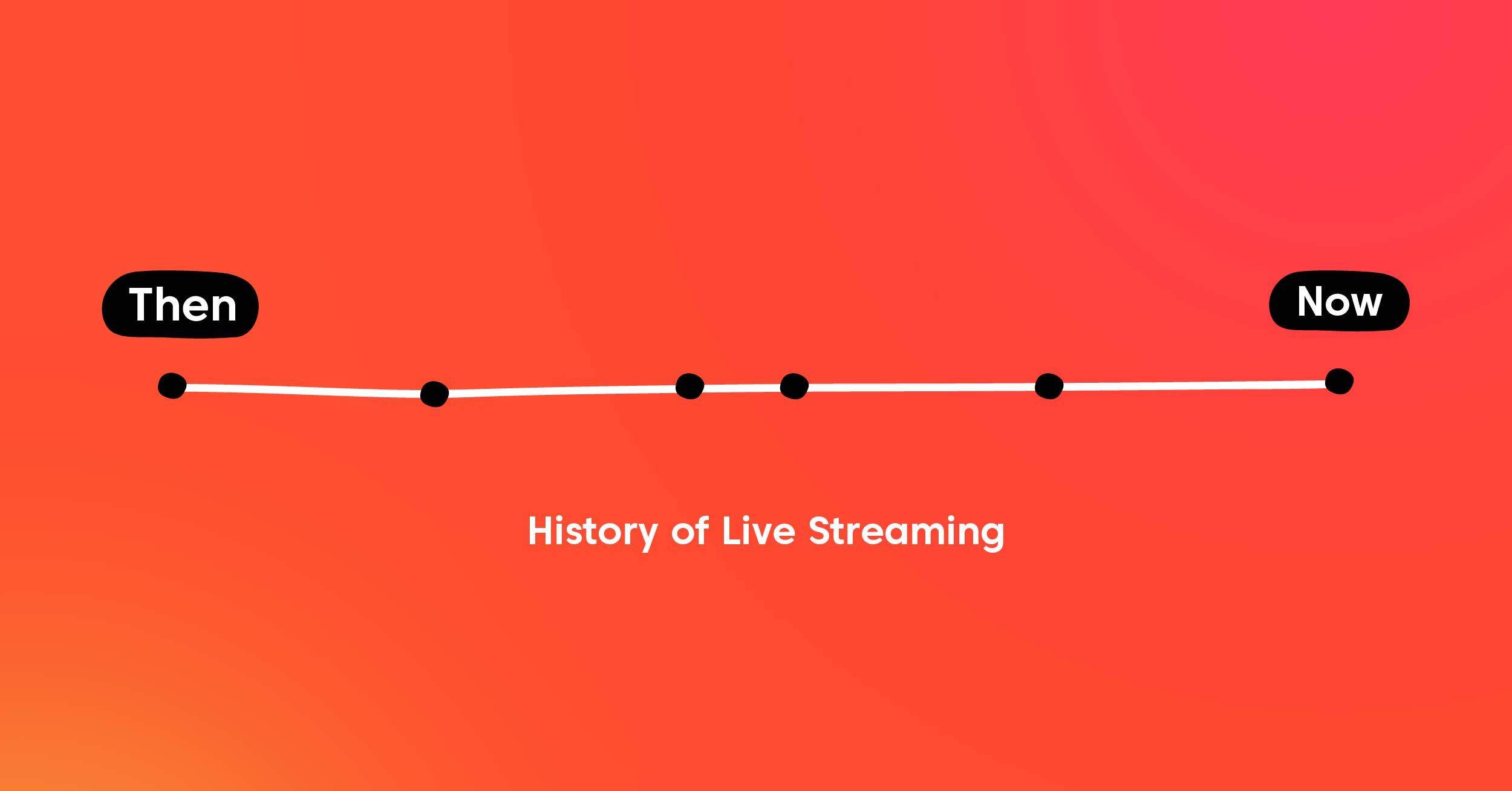Reaching New Audiences: How OTT Advertising Can Help Your Business
Are you looking for new approaches to reach your target audience and boost revenue for your business? You only need to consider OTT advertising. However, what precisely is OTT advertising, and how can it help your business? The practice of delivering advertisements to TV programming viewers online rather than through traditional cable or broadcast channels is known as over-the-top (OTT) advertising. Everything you need to know about OTT advertising, including how it works, its benefits and disadvantages, and the current OTT industry landscape, will be covered in this post.
We’ll also go through some of the drawbacks of this method and what to expect in terms of results. So what makes marketers want to include streaming TV advertising in their media mix? Find out by reading on.
Introduction
Businesses trying to reach new audiences are increasingly turning to OTT advertising. Traditional advertising channels are insufficient today due to the rise of cord-cutting and on-demand viewing habits. Businesses have an unparalleled opportunity to target specific audiences based on their interests and demographics thanks to OTT advertising. Businesses can reach viewers through targeted advertisements that would be challenging to reach through traditional channels.
Furthermore, the data offered by OTT advertising enables better campaign measurement and optimization, producing results that are more effective. Businesses can broaden their brand’s reach and meaningfully engage audiences by using OTT advertising.
What is OTT Advertising?
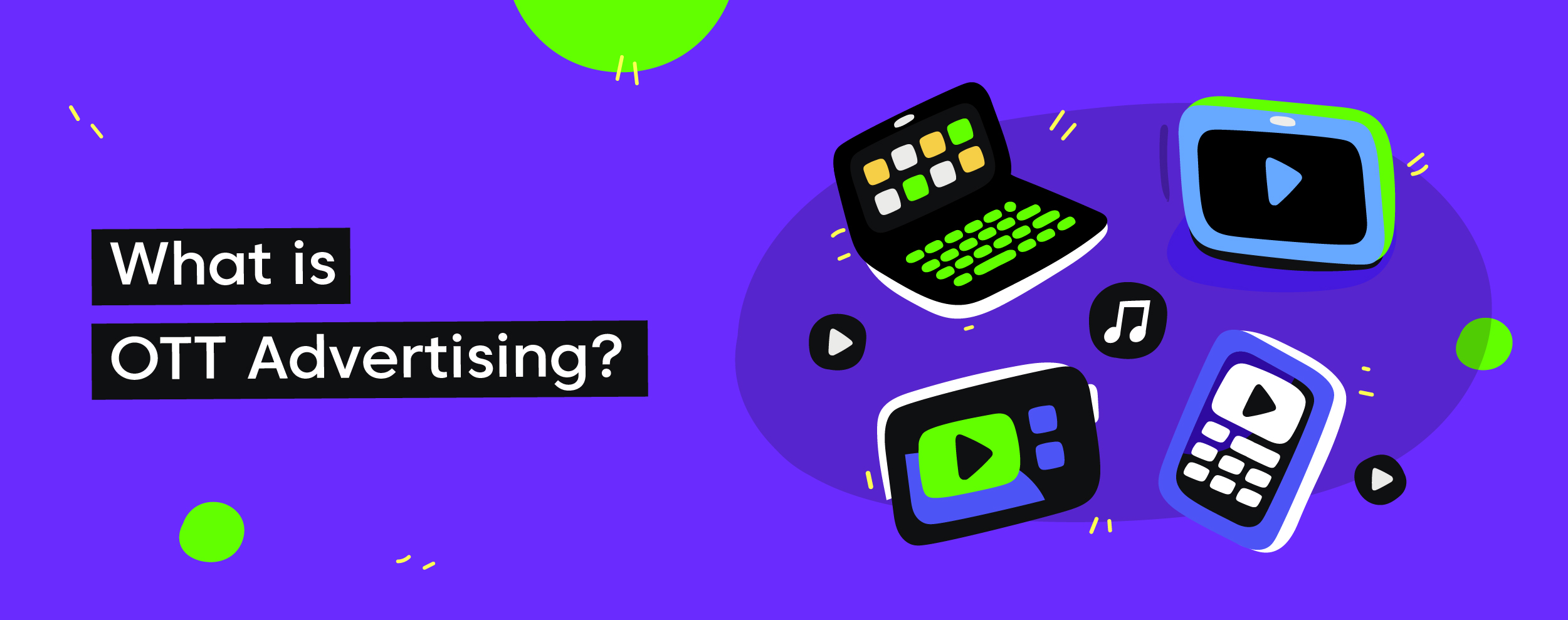
Businesses are steadily turning to OTT advertising as an opportunity to reach audiences that may be challenging to target through traditional channels due to the surge of cord-cutting and the prevalence of on-demand streaming services.
But what does OTT advertising actually mean? It simply means that advertisements are delivered to viewers who access content through streaming platforms rather than cable or satellite providers, such as Netflix or Hulu. Businesses may more efficiently reach a younger customer base, which is increasingly turning away from traditional TV services, by targeting specific demographics and interests.
Why Use OTT Advertising?
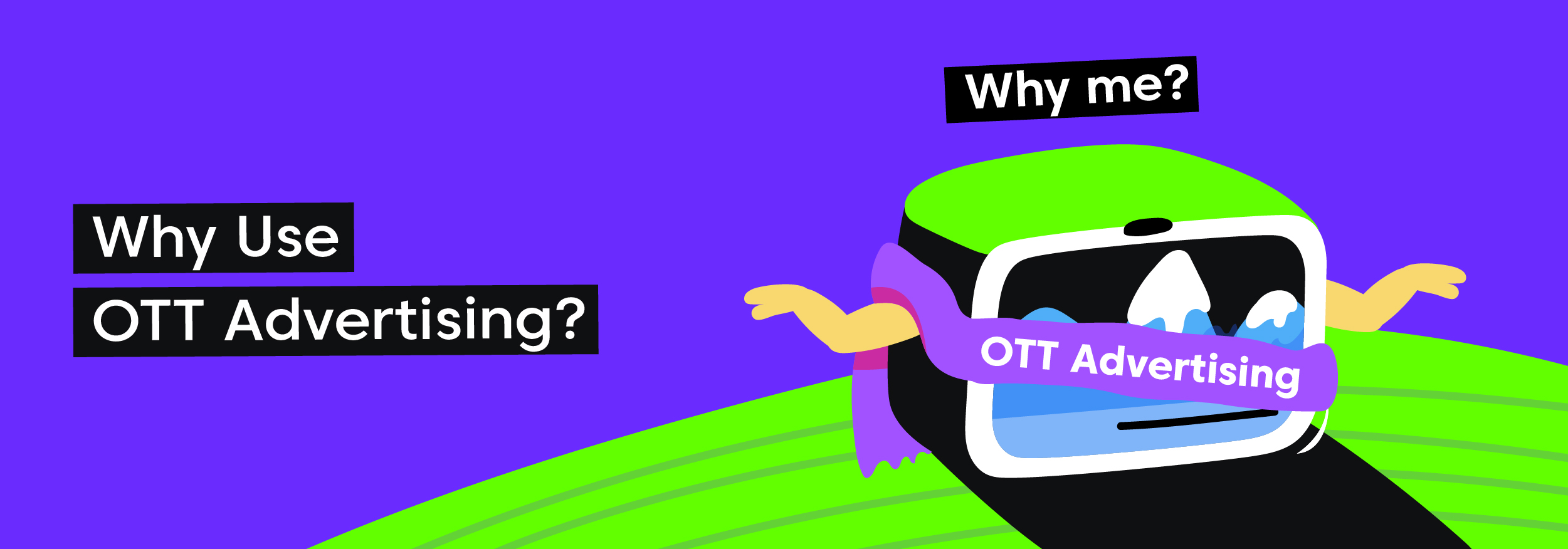
It can be difficult to spread the word about your business, but OTT advertising provides an effective solution. Businesses can access a valuable market that may not have been exposed to traditional advertising methods by focusing on users who stream video content online. Better targeting options make it possible to customize your commercial ads to target specific demographics and interests, which makes them more effective than traditional television ads.
The flexibility of ad placement and length also enables more captivating and memorable ads, boosting conversion chances even further. You can expand your consumer base and grow your business by taking advantage of the benefits that OTT advertising offers.
How Does OTT Advertising Work?
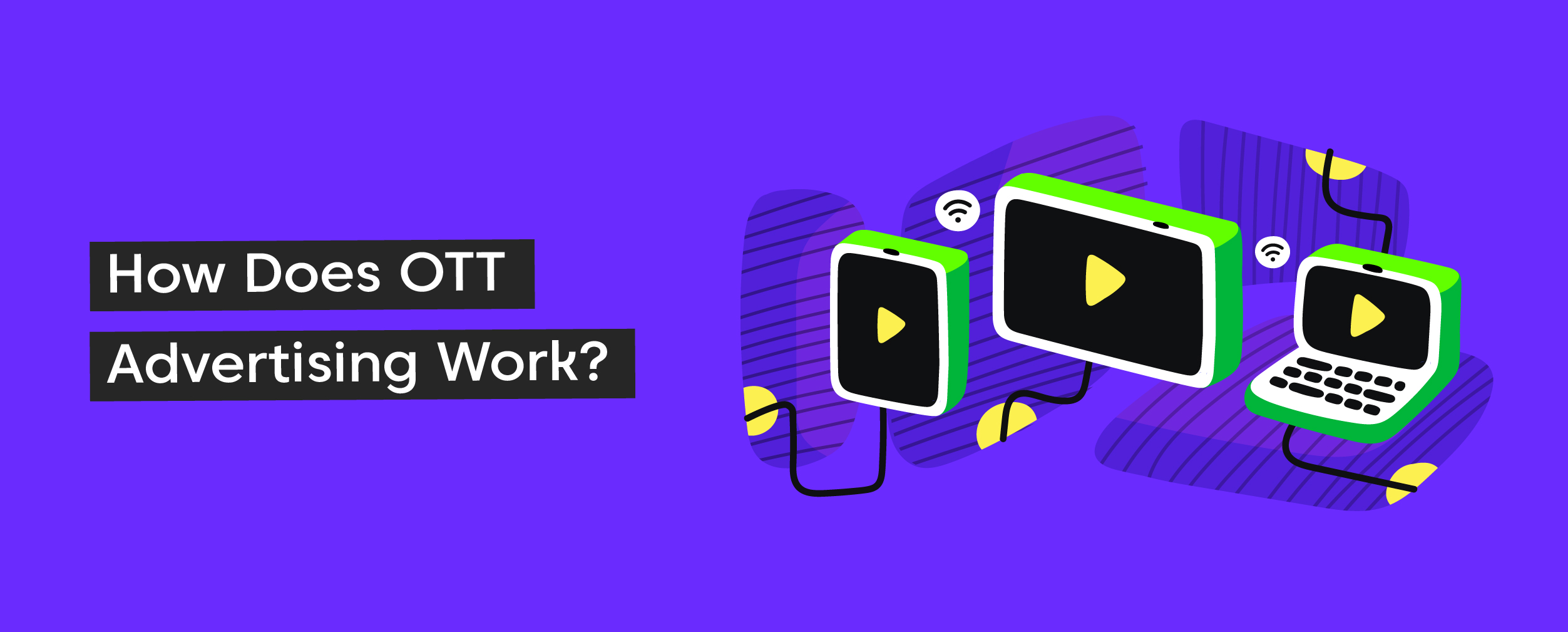
OTT advertising works by targeting specific audiences who watch streaming services through the Internet instead of traditional TV providers. These ads are shown before, during, or after a show, or even as sponsored content within a show. Businesses can reach new audiences with OTT ads, including younger generations who prefer cord-cutting and on-demand viewing habits and may not be exposed to traditional advertising methods. Additionally, OTT advertising can provide more precise and measurable data on ad performance compared to traditional TV advertising methods.
Advantages of OTT Advertising
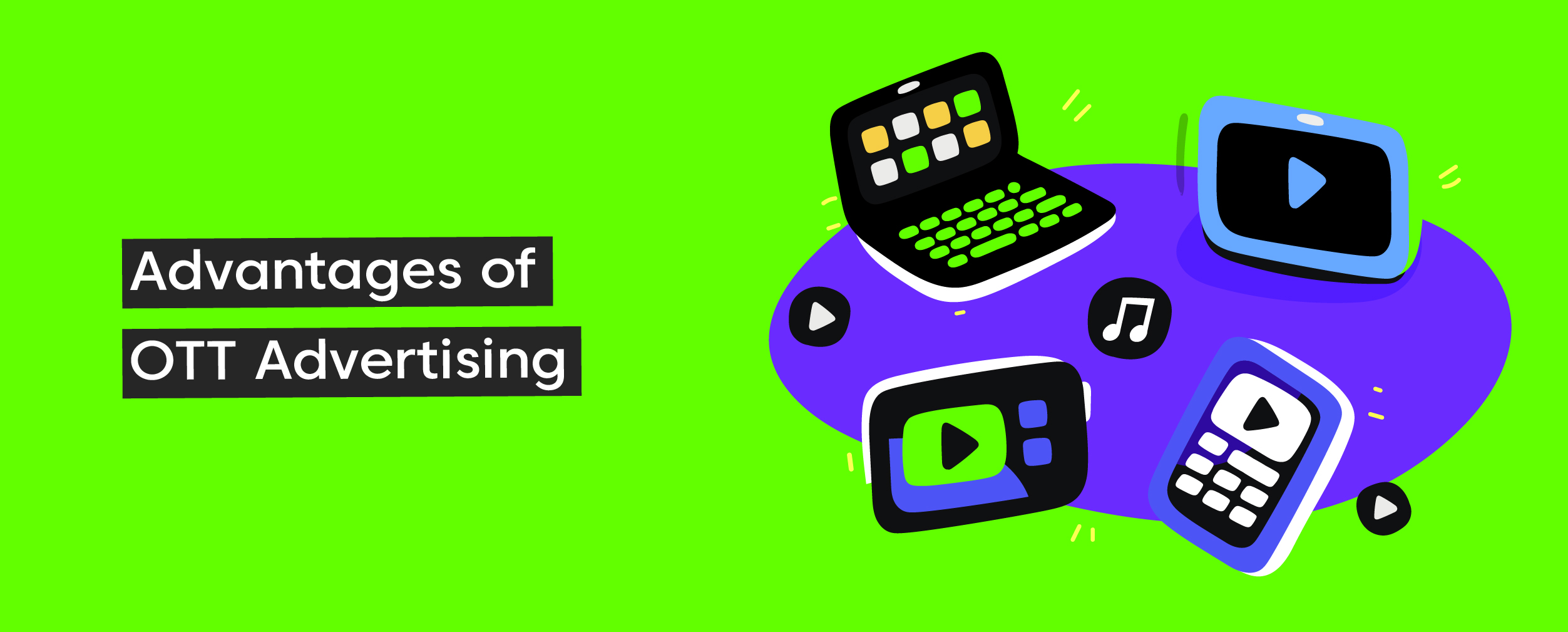
The advantages of OTT advertising are vast. Firstly, it offers a wider and younger audience base to businesses, giving them greater exposure and brand recognition in the market. Secondly, the flexibility of ad placement and length allows for more creative and engaging ads that resonate with viewers, increasing brand recall and conversions. Thirdly, the targeting options available on OTT platforms are sophisticated, allowing businesses to reach specific demographics and interests easily. Lastly, OTT ads provide measurable data on ad performance, giving businesses insights into their ROI and ad effectiveness. Overall, OTT advertising is a powerful tool that can help businesses expand to the next level.
Disadvantages of OTT Advertising
Before engaging in this type of marketing, businesses should think about a few potential drawbacks to OTT advertising. What are the drawbacks of OTT? While it may seem that the streaming landscape is one channel, it is actually fragmented across devices, channels, platforms, and publishers. Basically, OTT campaigns/ads don’t just “appear;” advertisers deliver the content through various OTT channels. Despite those challenges, several firms still believe that utilizing OTT ads will help them increase their consumer base and reach new audiences. You can maximize the potential of this emerging trend in digital marketing by weighing the advantages against the drawbacks and properly planning your advertising strategy.
OTT Industry Landscape
The OTT industry has witnessed a phenomenal expansion in recent years, and it is primed to continue growing at an unprecedented pace in the near future. Streaming services such as Netflix, Hulu, and Amazon Prime Video are becoming increasingly appealing to consumers as cord-cutting becomes more prevalent. These services provide users with a variety of entertainment options.
By delivering targeted ads to these viewers based on their interests, businesses can use OTT advertising to reach new audiences in ways that were once impossible through traditional TV advertising. The increasing prevalence of smart TVs and other internet-connected devices only adds to the potential reach and effectiveness of OTT advertising.
OTT Advertising Trends and Statistics
The OTT advertising industry is expanding rapidly, with global market projections expected to reach $332.52 billion by 2025. This growth can be attributed to the rising trend of cord-cutting, leading to an increase in OTT viewership and making it a popular choice for advertisers. Furthermore, OTT provides a better ROI compared to traditional TV advertising and allows for more targeted advertising. These benefits have encouraged numerous companies to invest in this kind of advertising, addressing a younger, more tech-savvy market with memorable and engaging ads.
OTT Advertising Platforms
When it comes to OTT advertising, the platform you choose can make all the difference. There are numerous OTT advertising platforms available today, each with its own unique benefits and drawbacks. For instance, Hulu offers a wide range of ad formats, including interactive ads that increase viewer engagement. As opposed to this, Netflix uses trailers and previews to advertise its original content rather than traditional ads. Amazon Prime Video provides advertisers with access to Amazon’s vast customer database, allowing for hyper-targeted ad placements. Determining which platform best meets the needs and goals of your business requires an understanding of these differences.
How To Buy OTT Advertising?
When it comes to buying OTT advertising, businesses have different options available to them. One common approach is programmatic advertising, which automates the buying and targeting of ads based on specific demographics or interests. This allows businesses to reach audiences with greater precision and efficiency. Another choice is to enter direct business partnerships with streaming services, which provide you with more control over ad targeting and placement as well as the ability to negotiate for lower prices and more favorable exclusivity deals. Ultimately, businesses should consider their target audience, budget, and goals when deciding which method of buying OTT advertising is best for them.
Best Practices for OTT Video Content

To create high-quality OTT video content, businesses should prioritize relevance and visual appeal. Personalizing the content to engage viewers can also improve its shareability, thereby increasing brand awareness. Don’t forget to include a clear call-to-action at the end of the audio and transactional video ad to encourage viewers to take action. Ultimately, focusing on quality and relevance will help businesses achieve their goals and reach new audiences through OTT video advertising. By following these best practices, brands can leverage this powerful advertising channel to foster deeper connections with consumers.
Ad Supported OTT: How To Take Advantage Of The Trend In Ad-Supported Over-The-Top Services
For businesses to succeed, their advertising strategies must take advantage of the rising popularity of ad-supported over-the-top (OTT) services. OTT services that accept advertising, such as Hulu and Sling TV, give businesses a platform to reach out to a wider audience. It is easier for businesses to reach their intended audience because of this form of advertising’s better targeting capabilities and lower cost than traditional TV advertising.
To take advantage of this trend, businesses should prioritize creating high-quality video content that will resonate with their target audience and investing in ad campaigns on popular ad-supported OTT platforms. Ad-supported content video content with periodical ads, similar to how traditional broadcast advertisers would make money. This is often a more affordable way for viewers to access the content. OTT can connect who saw your ad and its impact on: audience reach and brand lifts online visits and purchases offline conversions Ad-supported streaming is on the rise and is expected to steadily overtake the TV experience as more audiences choose digital over linear.
SVOD (Netflix, Amazon, Roku, Hulu, Sling, YouTube, etc.)
One of the OTT advertising forms with the fastest growth is SVOD or Subscription Video on Demand. For an affordable monthly fee, members may access a wide variety of content through SVOD services like Netflix and Amazon Prime Video. Since consumers want greater control over their viewing experience and are willing to pay for it, this model has grown in popularity in recent years.
Through targeted ads that are seamlessly integrated into the viewing experience, SVOD presents advertisers with a unique opportunity to reach engaged audiences. SVOD is a powerful tool in the OTT advertising landscape since advertisers can utilize data analytics to study consumer behaviors and optimize their campaigns accordingly.
AVOD (Advertising-based Video On Demand)
AVOD (advertising-based video on demand) is a popular form of OTT advertising. This model allows users to access content for free, but in return, they have to watch advertisements. Although it has always been prominent throughout entertainment-related industries, advertising has now expanded substantially thanks to AVOD. The beauty of this concept is that it allows for accurate targeting of audiences based on demographics, interests, and behavior. With AVOD, advertisers can reach a vast audience and engage them with relevant ads that are not intrusive. As more people shift towards OTT platforms for entertainment, AVOD advertising could be the next big thing in digital marketing.
Essential OTT Metrics & Analytics
OTT advertising has revolutionized the way marketers reach their target audience. But how do we know if our OTT ad campaign is successful? Essential OTT metrics such as completion rates, viewability rates, and engagement rates help us measure the effectiveness of our campaigns. Completion rates refer to the percentage of viewers who watched the entire ad. Viewability rates measure the percentage of impressions that are viewable by users. Engagement rates measure the number of interactions (such as clicks or shares) that an advertisement receives. Advertisers can improve their campaigns by using these data, which offer insightful information about what works and what doesn’t.
OTT Stats: Viewership, Subscription, Ad Investments, and Apps Continue to Grow
Because it can target specific audiences and provide a measurable return on investment, OTT advertising has established itself as an essential component of the marketing mix. As more and more people switch from traditional TV to streaming services, OTT viewership, subscriptions, and ad investments have grown phenomenally in recent years.
This trend is expected to continue as new apps enter the market, offering customers even more entertainment content options. Advertisers can take advantage of this by targeting their messages to specific demographics and using data-driven insights to optimize campaigns for maximum impact.
OTT Ads have Advanced Attribution Capabilities
OTT advertising has become a popular choice for advertisers due to its advanced attribution capabilities. With OTT ads, you can track the user’s journey from viewing an ad to completing a purchase or taking any desired action. This enables marketers to measure the success of their campaigns and optimize them as necessary.
Furthermore, you may target particular audiences with OTT ads based on their interests, demographics, and behavior. This level of targeting makes sure that the right audiences see your ads, boosting your chances of achieving an effective conversion.
What Types of Results Can I Expect from OTT Advertising?
OTT advertising may significantly impact a business’s capacity to connect with and engage with its target audience. By utilizing precise targeting options, businesses can expect to see increased engagement and conversions with their campaigns.
Additionally, OTT advertising offers businesses comprehensive analytics and statistics that let them monitor the effectiveness of their campaigns in real-time. OTT advertising is an essential tool for every business trying to expand its brand reach and generate revenue since it may reach new audiences that traditional advertising methods may not have been able to reach.
What Are the Benefits of OTT Advertising?
OTT advertising offers several benefits to businesses looking to expand their reach and engage with their target audience. First off, it provides businesses with precise targeting choices that allow them to tailor their ads to specific demographics based on factors like age, geography, interests, and behavior. Second, because it does not require the high production expenses associated with television commercials, OTT advertising can be more cost-effective than traditional TV advertising.
Moreover, OTT advertising provides measurable results through analytics and data tracking, allowing businesses to track the success of their campaigns in real-time. Last but not least, OTT advertising allows for flexibility in terms of ad length, frequency, and placement; businesses can decide when, where, and how often they want their ads to appear. By leveraging these benefits of OTT advertising, businesses can reach new audiences and improve engagement with existing customers.
OTT Advertising on Streaming Services Expands Brand Reach
Expanding brand reach is a crucial goal for any business, and OTT advertising on streaming services can help achieve it. Businesses can reach highly engaged audiences with relevant ads by leveraging advanced targeting capabilities based on demographics, interests, and behavior. Compared to traditional TV advertising, OTT advertising can be more cost-effective while offering flexibility in ad placement, length, and format. Plus, real-time analytics and data tracking allow advertisers to measure the success of their campaigns and optimize accordingly. As consumers shift towards digital content consumption habits, OTT advertising on streaming services offers businesses a competitive edge in reaching new audiences.
Why should Marketers add Streaming TV Advertising to their Media Mix?
Introducing streaming TV advertising into your media mix is a smart move for marketers looking to extend their reach to a younger audience. Traditional TV advertising may no longer be as successful as it once was due to the rise of cord-cutting. Streaming services provide an opportunity to target specific demographics using user data, while also providing more flexibility with ad length and format. Additionally, streaming TV ads can be less expensive than traditional TV ads while still delivering high engagement rates. As such, incorporating streaming TV advertising can help businesses stay competitive in today’s ever-evolving digital landscape.
The Challenges of OTT Advertising
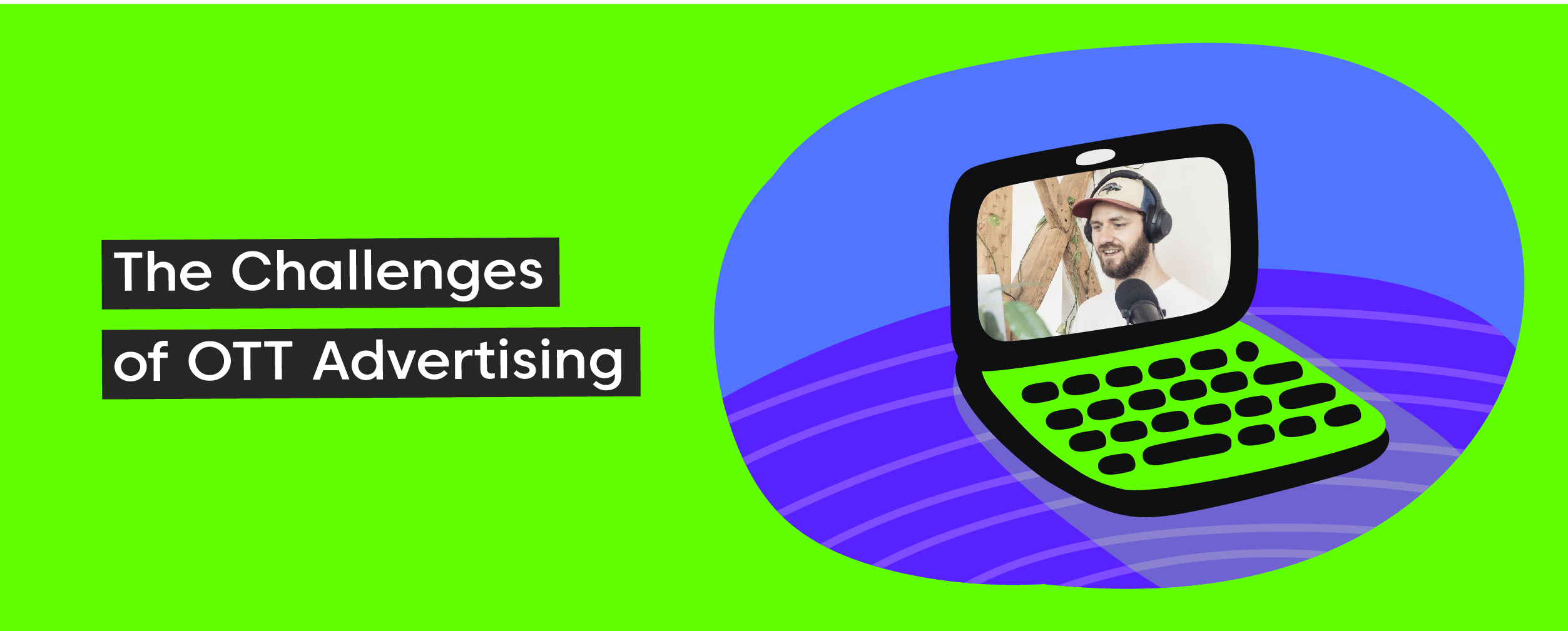
Over-the-top (OTT) advertising undoubtedly offers benefits, but it also has drawbacks. One of the main challenges of OTT advertising is its limited targeting options. While streaming services do offer advanced targeting capabilities, they may not be as comprehensive as other digital advertising channels. Ad-blocking is another challenge that OTT advertising faces. Some viewers may use ad-blocking software, which can reduce the reach of OTT ads and negatively impact their effectiveness.
There are more factors to take into account in addition to these technical obstacles. The market for OTT advertising is highly fragmented, with different streaming services having their own advertising platforms. Because of this, it could be challenging for marketers to reach an extensive audience in one location. Measuring the impact of OTT advertising on business outcomes can also be difficult, making it challenging to accurately assess ROI. Finally, competition and cost are additional challenges that businesses need to navigate as more companies turn to OTT advertising.
The Future of OTT Advertising
Streaming services and connected TV devices are growing, giving businesses new ways to reach their target audiences, and OTT advertising is on the rise. It is now simpler than ever to manage and purchase OTT ad campaigns, thanks to programmatic advertising technology; therefore, it is obvious that this trend will continue.
Businesses embracing OTT advertising will be well-positioned to stay competitive and reach new audiences in today’s digital era as more people switch to streaming as their primary entertainment. Although there are challenges with this type of advertising, the potential benefits make it a worthwhile investment for businesses seeking to expand their brand reach and build deep connections with customers. Yes, Castr is here to get it done for you! Start launching Your Live Streaming OTT Apps in 7 days.
Does OT Advertising Make More Sense Now? Let’s Recap.
It’s obvious that the OTT advertising industry is expanding and won’t be declining anytime soon now that we’ve looked into it. With the growth in the use of streaming services and connected TV devices, OTT advertising offers a special chance for business enterprises to reach their target audiences where they are already consuming content.
Additionally, businesses can gain insights into audience behaviors and enhance the effectiveness of their ad performance by using highly targeted ads, insightful data, and analytics. The key to reaching new audiences and maximizing conversions may lie in OTT advertising as more people turn away from traditional TV viewing.
Frequently Asked Questions
What does OTT stand for?
“OTT” is an acronym for “Over-The-Top.” It describes the transmission of television over the Internet as opposed to more traditional cable or satellite providers. OTT services like Netflix, Hulu, Disney, and Amazon Prime Video are examples. Businesses can use OTT platforms to target specific demographics and reach new audiences through data-driven advertising.
What does OTT mean in advertising?
The term “OTT” (short for “Over The Top”) in advertising refers to streaming online video. This includes advertising on websites like Hulu, Netflix, Amazon Prime Video, and Roku. Through OTT advertising, customers’ demographics, interests, and viewing behavior can be used to create highly targeted ads.
What are the OTT advertising strategies?
OTT (over-the-top) advertising strategies include targeted ads based on user data, interactive ad formats, and sponsorships. Targeted ads can use factors such as demographics, interests, and viewing history to reach specific audiences. Interactive ad formats allow viewers to engage with the advertisement in various ways, while sponsorships involve partnering with a specific show or network to promote your brand. By leveraging these strategies, brands can effectively reach their target audience and drive engagement.
What is the difference between OTT and CTV advertising?
OTT (Over-The-Top) advertising refers to ads that are delivered to viewers via streaming video services that bypass traditional cable or broadcast television providers. CTV (Connected TV) advertising, on the other hand, specifically refers to ads that are delivered through internet-connected TV devices, such as smart TVs, mobile devices, or streaming sticks.
While both types of advertising are delivered over the Internet, CTV advertising is more targeted and personalized than OTT advertising because it can be delivered directly to specific devices and households. As a result, advertisers can more effectively target viewers who are more likely to be interested in their products or services. Viewers can watch OTT content across a range of devices, such as mobile phones, gaming consoles, OTT devices, desktops, and tablets, but the majority of viewing occurs on connected TVs (CTV).
What is the OTT Advertising Cost?
A number of factors, such as location, audience targeting, and ad duration, could contribute to the price of OTT advertising. Advertisers have a variety of price models, including CPM and CPCV. While CPCV rates for OTT advertising range from $0.10 to $0.40, the typical CPM price is between $15 and $30. Working with a reputable OTT advertising company is essential so they can advise you on the best pricing model and budget for your campaign based on your goals and target audience.
What Are the Best OTT Advertising Platforms?
The best OTT advertising platforms are Castr, Apple TV, Roku, Hulu, Amazon Fire TV, etc. Each platform offers its own unique features and audience demographics. Your target audience and spending power should be considered when considering an OTT advertising platform. Additionally, utilizing data analytics can help you measure the success of your OTT advertising campaigns and make informed decisions for future campaigns. Companies looking to buy ad space on streaming platforms often work with media buying and planning agencies that are familiar with the streaming landscape.









